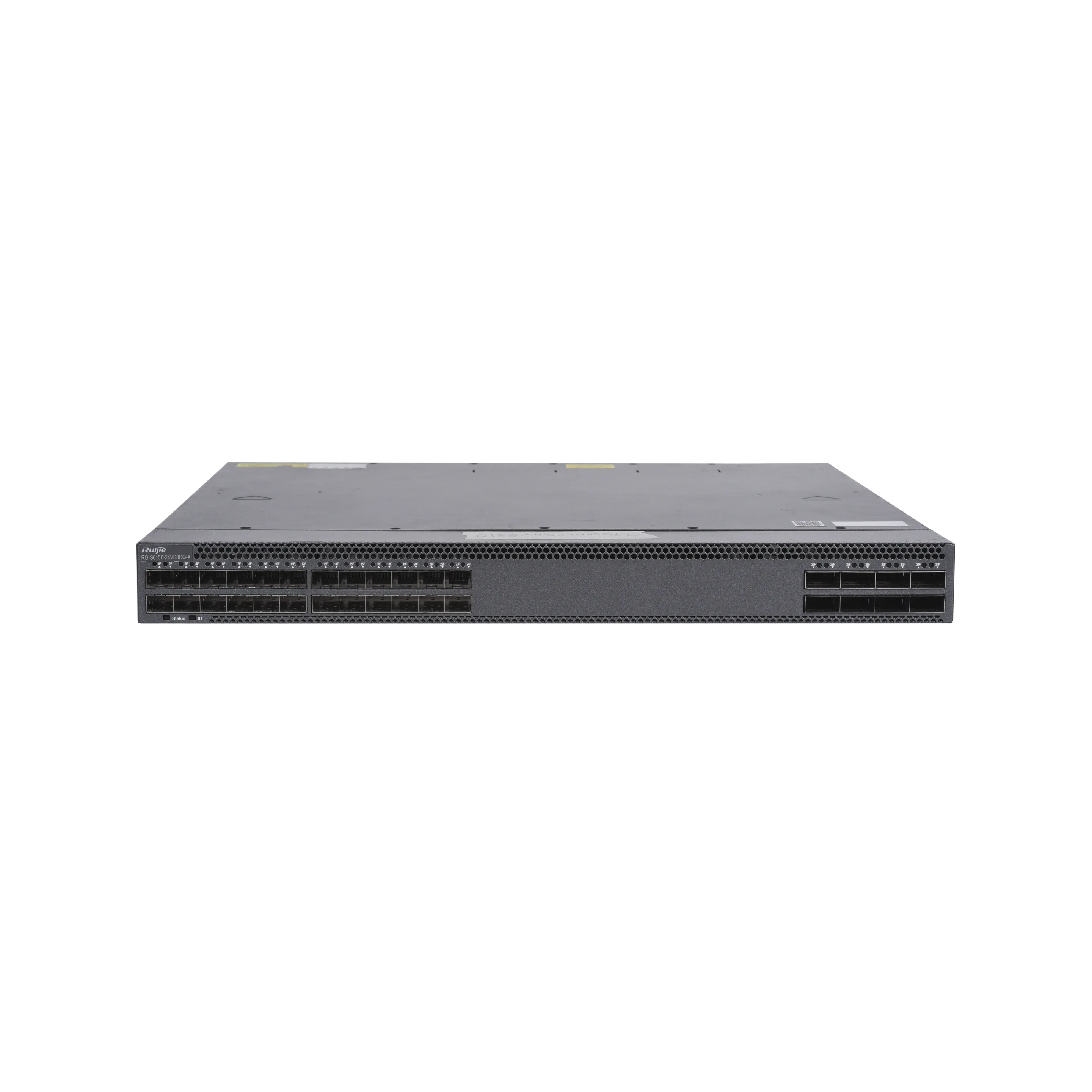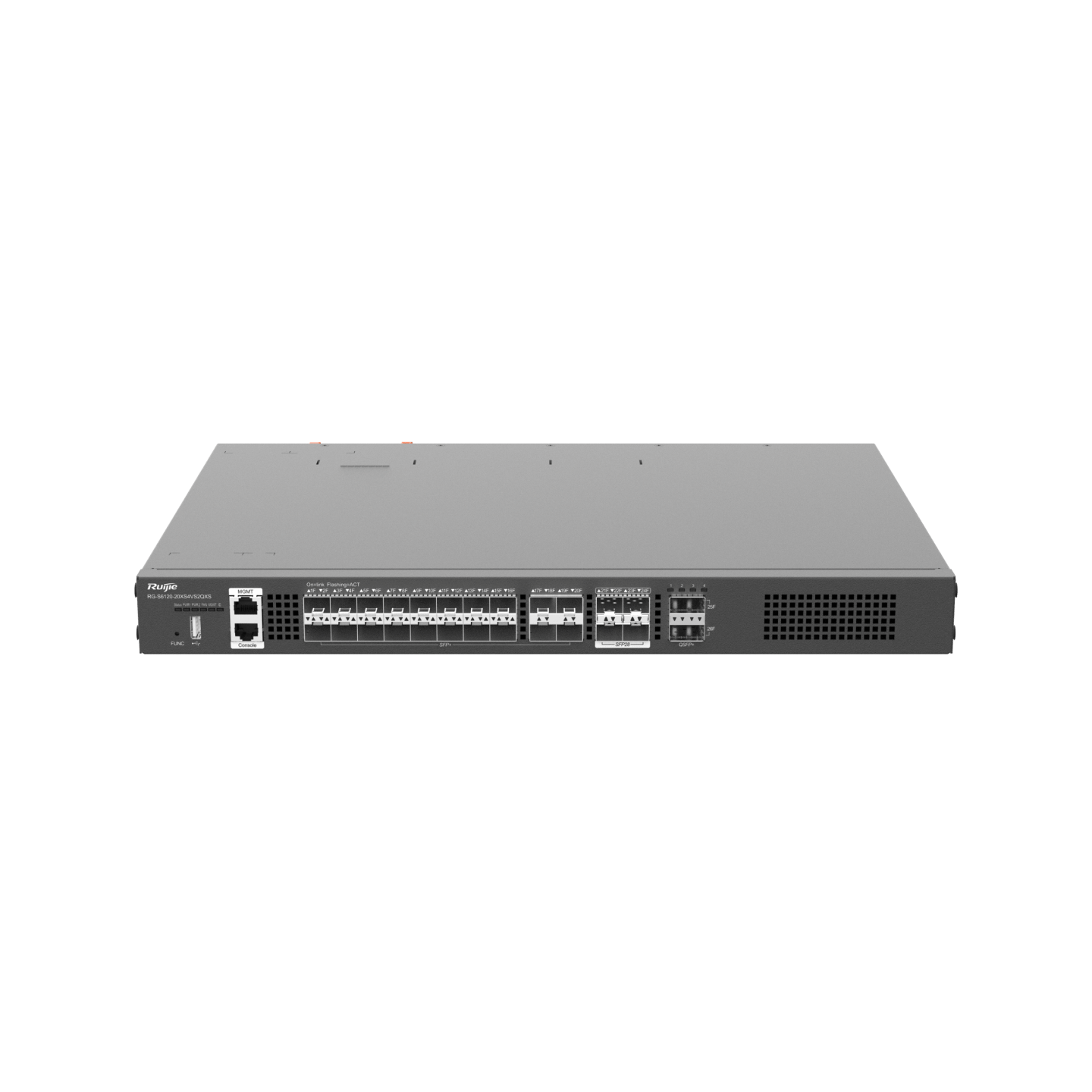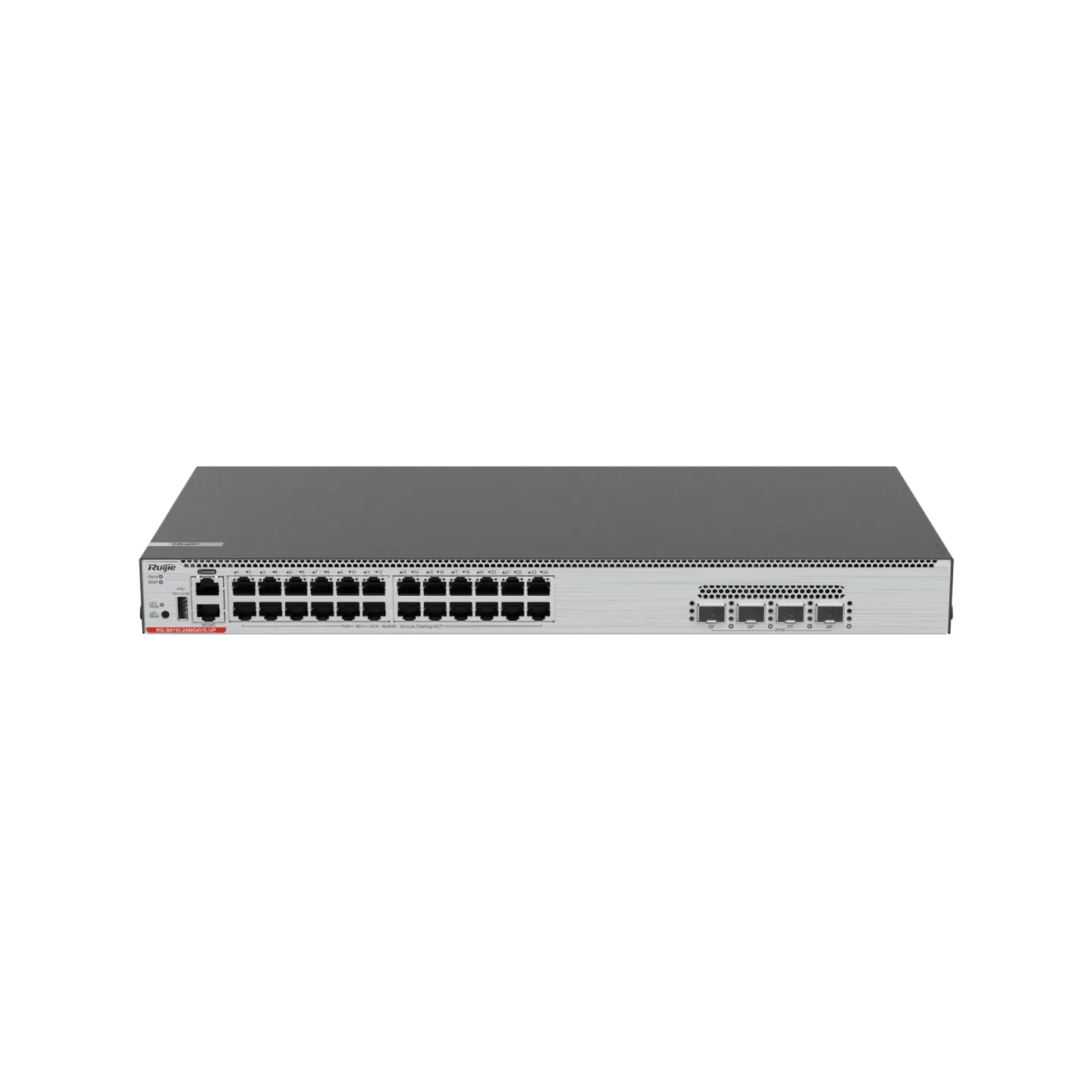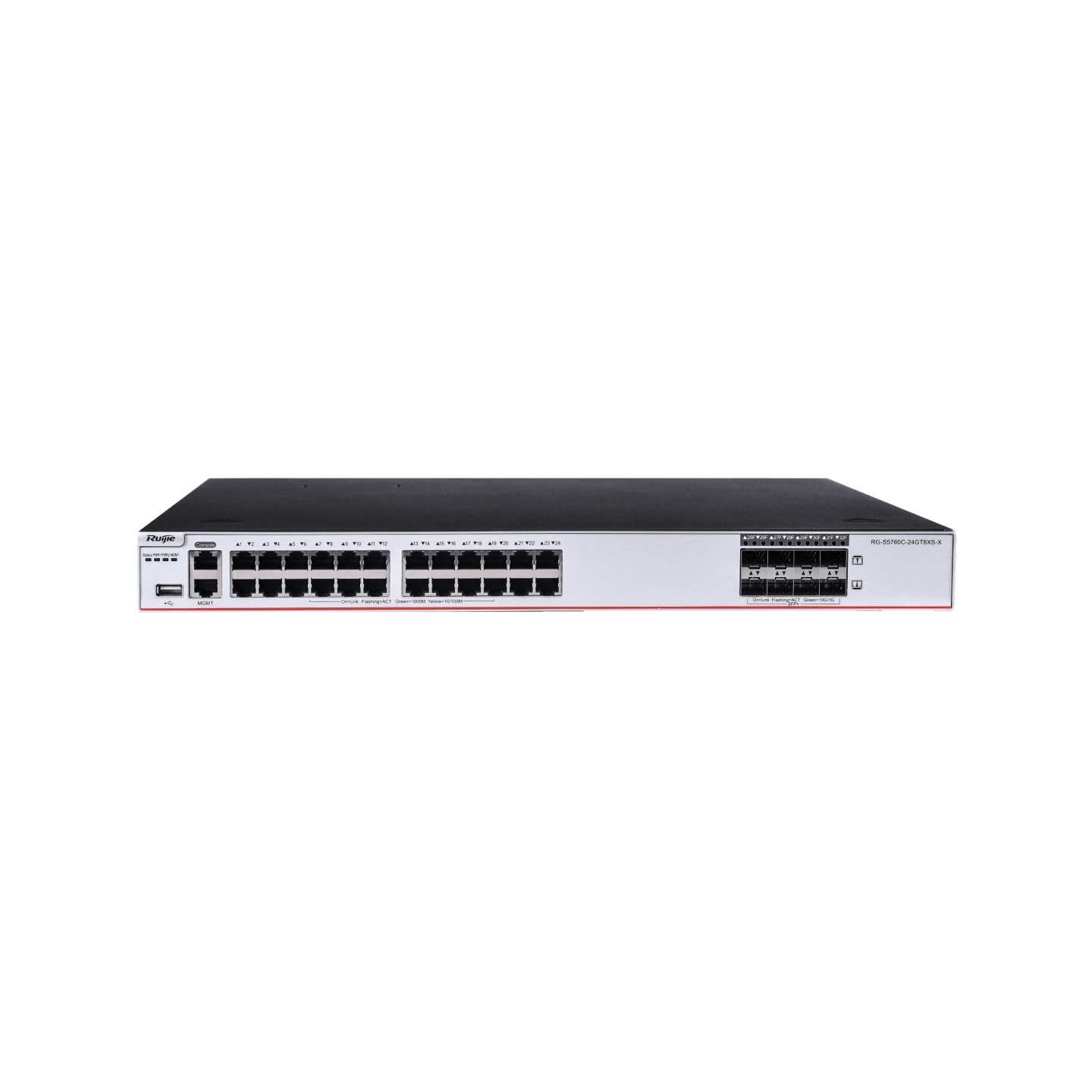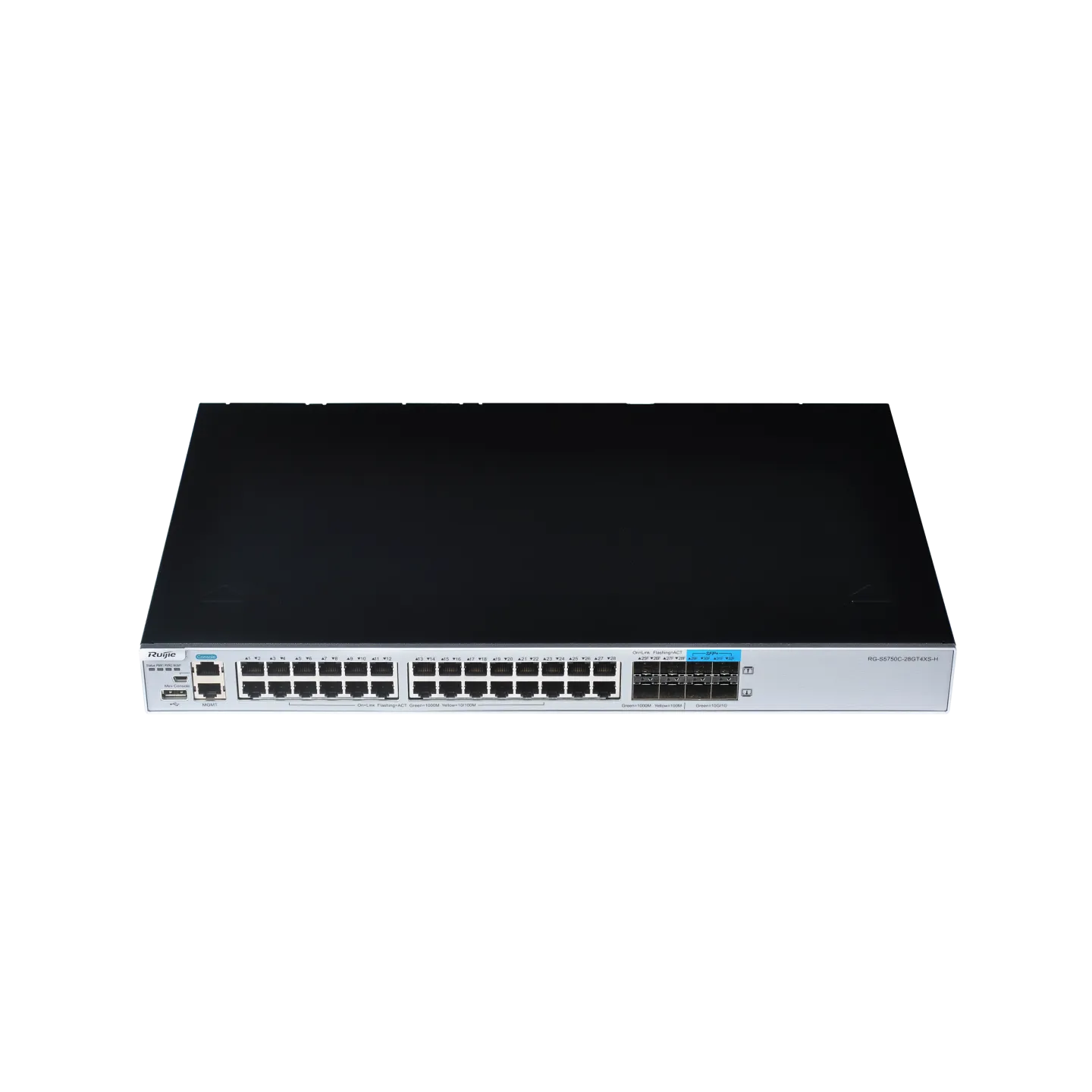What is
link aggregation
and how does it work? In this comprehensive article about link aggregation, learn the definition, working principle, types, and benefits of link aggregation.
What is
Link Aggregation
What is
link aggregation
? The process of grouping individual links on a network to encourage improved performance results is known as link aggregation. Also known as port aggregation and link bundling, it is a more readily available and cost-effective technique to take into consideration during this period of transition from 1 Gbps to 10 Gbps wired
Ethernet
. Link aggregation is an IEEE standard that was first introduced as 802.3ad in 2000, setting the foundation for this. After that, 802.1AX, or the "Link Aggregation Revision," was updated in 2008.
How Does
Link Aggregation
Work
After learning
what is
link aggregation
, see how it works in this section. Link aggregation offers redundant network activity in the first place. Let's say you only have one link, and it breaks. You suddenly don't have any data connectivity at all. Your system simply "goes dark," and cuts off. However, you can achieve numerous delivery channels and load balancing over all available networks by using link aggregation. It is still recommended to use the same link for each linked packet.
Potential issues with out-of-order packets can be resolved by ensuring that all connected data packets travel through the same specific link;
link aggregation
must take this reality into account. As you might expect, though, combining separate links results in far more robust signal interfaces.
Additionally, there's the promise of "graceful degradation," which implies that failure happens gradually rather than all at once. A signal may first only slightly deteriorate rather than "cutting off," allowing the end user or other stakeholders more
time to respond
, identify the issue, and take appropriate action. The way that
link aggregation
safeguards network performance and data can be optimized with the aid of several configuration guidelines. In light of this,
LACP
encourages the development of more logical virtual links or bundles that a
MAC
client may manage as a single, cohesive entity.
Bundling, in general, gives system administrators and designers fresh approaches to recovery capabilities and sites of failure without taking drastic measures. The aggregated interface is identified, and the link status is confirmed by engineers as part of
Link Aggregation Control Protocol
procedures. Included will be the
virtual local area network
identifier value. Experts have pointed out that "termination" might be significant as well because equipment on both ends of the connection must enable
link aggregation
in the same ways.
The out-of-order packet issue can also be managed by systems built into the
LACP
process: tools known as "scheduling algorithms" define packet-to-packet action to maintain proper operation. While vendor systems support this protocol, certain open-source providers also allow
link aggregation
implementation and offer resources to facilitate this kind of approach. Generally speaking, LACP aids in standardizing link aggregation procedures for longer-lasting
Ethernet
transfers.
Different Types of
Link Aggregation
Now you know
what is
link aggregation
and how it works. Actually, link aggregation has different types. The two main categories of LAGs are dynamic and static, sometimes referred to as manual.
Link Aggregation Control Protocol
(
LACP
) is used by dynamic LAGs to facilitate establishing negotiation between the two connected devices. While some devices allow dynamic LAGs with LACP, others only support static LAGs. To find out if your
gadget
supports LACP, consult the user manual that came with it. Instead of offering more
bandwidth
, Linux-based devices, like NETGEAR ReadyNAS storage devices, frequently offer several additional link aggregation options that improve fault tolerance or load balancing.
Benefits of Link Aggregation
1. Except for knowing what is link aggregation, it is also crucial to learn its benefits to better apply it. The advantages of link aggregation are as follows:
2. Improved accessibility and dependability. Traffic is dynamically and transparently shifted to one of the other physical links in the LAG if one of the physical links goes down.
3. More efficient use of material resources. It is possible to load-balance traffic among the physical links.
4. Expanded bandwidth. More bandwidth is provided by the combined physical links than by any link alone.
Saved cost. Upgrading a physical network can be costly, particularly if it calls for additional cable lines. Through link aggregation, bandwidth can be increased without buying new hardware.
Here, we talked about
what is
link aggregation
, its working principle, types, and benefits. Hope this guide can give you some aid.





